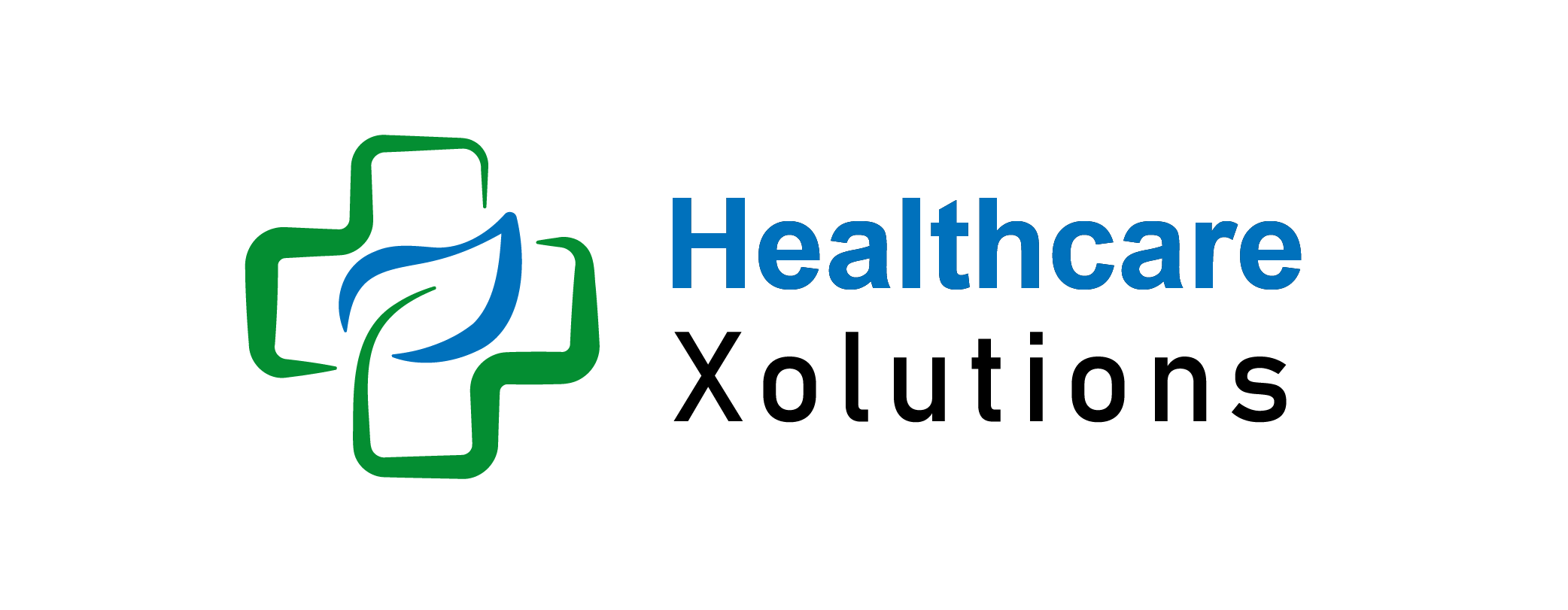Role of Transparent Pricing In Health Insurance | Ultimate Guide 2025

In today’s evolving healthcare landscape, transparent pricing plays a critical role in ensuring affordability, accessibility, and informed decision-making for consumers. Historically, the lack of clarity in medical costs has led to confusion and financial strain. With the shift towards a consumer-centric healthcare approach, price transparency is now essential for building trust, reducing financial burdens, and fostering fair market competition.
Governments and healthcare organizations increasingly advocate for clear pricing structures, and consumers are demanding greater clarity in medical expenses. This shift not only empowers individuals to make informed choices but also strengthens the overall healthcare system by promoting fairness and efficiency.
Key Takeaways:
- Transparent pricing prevents financial surprises by ensuring clear disclosure of healthcare costs.
- It empowers consumers to make informed choices and select cost-effective treatment options.
- Open pricing fosters competition, pushing insurers and providers to improve affordability and service quality.
- Trust in healthcare increases when patients understand costs upfront, leading to better provider-patient relationships.
- Governments and healthcare organizations advocate for pricing transparency to ensure fairness and compliance.
Table of Contents
Understanding Transparent Pricing In Health Insurance:
Transparent pricing in health insurance refers to the upfront disclosure of all healthcare-related costs, including:
- Premiums: Monthly payments for insurance coverage.
- Deductibles: The amount a policyholder must pay before insurance starts covering expenses.
- Copayments & Coinsurance: The fixed or percentage-based cost-sharing by consumers.
- Out-of-pocket Expenses: The maximum amount a patient may need to pay in a given period.
- Medical Procedure Costs: The direct costs of treatments, medications, and diagnostic tests before receiving care.
By providing access to this information, insurers and healthcare providers enable consumers to plan financially, reducing the risk of unexpected medical bills and financial hardship.
Role Of Transparent Pricing In Health Insurance:
1. Empowering Consumers:
Clear pricing information allows consumers to compare costs, evaluate treatment options, and make financially sound decisions. This empowers patients to choose affordable solutions without compromising care quality.
2. Reducing Surprise Medical Bills:
Hidden costs and unclear insurance policies often lead to unexpected expenses. Transparent pricing helps prevent financial surprises by offering clear insights into covered services, out-of-pocket responsibilities, and potential additional charges.
3. Encouraging Fair Market Competition:
When pricing information is openly available, healthcare providers and insurers are incentivized to offer competitive rates and enhanced service quality. This creates a more competitive environment, ultimately benefiting consumers with better affordability and value.
4. Enhancing Trust In The Healthcare System:
Lack of transparency breeds skepticism. By ensuring clear and upfront pricing, trust between patients, insurers, and providers strengthens, leading to a more accountable and ethical healthcare system.
5. Facilitating Policy and Regulatory Compliance:
Governments now enforce price transparency regulations to improve healthcare accessibility and fairness. Compliance ensures that insurance providers and medical institutions operate ethically and equitably.
Challenges Of Implementing Transparent Pricing:
While beneficial, achieving full pricing transparency faces several challenges:
- Complex Pricing Structures: Provider contracts, varying coverage levels, and regional cost differences complicate standardization.
- Resistance from Stakeholders: Some insurance companies and healthcare providers fear revenue losses due to increased consumer price awareness.
- Technological Barriers: Many institutions lack the digital infrastructure to provide real-time pricing information accessibly.
Strategies For Improving Pricing Transparency:
To overcome these challenges, the healthcare industry can implement the following strategies:
- Legislative Support: Governments should enforce strict regulations mandating price transparency to ensure industry compliance and consumer protection.
- Technological Integration: The adoption of online cost estimators, mobile apps, and hospital price transparency websites can help consumers access accurate pricing information before seeking medical care.
- Consumer Education: Health insurers and providers should educate consumers on understanding insurance plans, medical costs, and available financial options, empowering them to make well-informed decisions.
Conclusion – Role of Transparent Pricing In Health Insurance :
Transparent pricing in modern health insurance is no longer a luxury—it is a necessity. By empowering consumers, reducing financial uncertainty, fostering competition, and enhancing trust, price transparency contributes to a more efficient, fair, and accessible healthcare system. While challenges exist, continued efforts from governments, insurers, and healthcare providers can ensure that price transparency becomes standard practice, benefiting both patients and the industry as a whole.
FAQs:
How can I find transparent pricing information for my health insurance plan?
Check your insurer’s official website, policy documents, or online price comparison tools to access pricing details related to premiums, deductibles, and out-of-pocket expenses.
Do all health insurance providers offer transparent pricing?
While some providers disclose full pricing details, others may not. Governments are increasingly mandating transparency to ensure fairness in healthcare pricing.
How can technology improve pricing transparency in healthcare?
Technology-driven solutions, such as cost estimator tools, mobile apps, and AI-driven price comparison platforms, enable consumers to access real-time healthcare pricing information easily.
